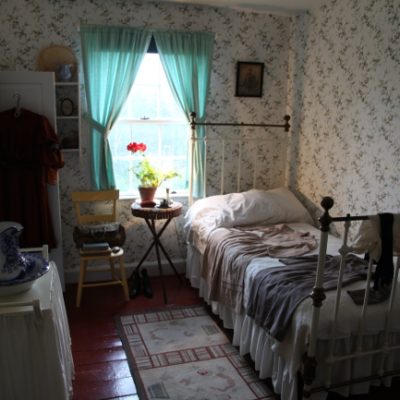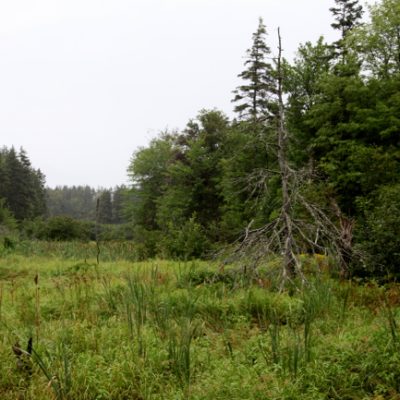Like it or not, Anne of Green Gables is as much a part of Canadian iconography as snow, hockey, maple syrup, and (unfortunately) poutine.
As mentioned in a previous post, hundreds of thousands of tourists flood Prince Edward Island yearly to get a dose of Anne Shirley and see the place that inspired the book Anne of Green Gables.
Green Gables Heritage Place
The Anne of Green Gables house that people visit is actually the Macneill House, which was once owned by Montgomery’s cousins and was the inspiration behind Green Gables. Montgomery herself grew up across the street in a homestead that no longer exists (the foundations are there).
This is an extremely popular destination for Japanese tourists. Their ties to the redheaded Anne run very very deep thanks to the Japanese translator Hanako Muraoka. Muraoka was given a copy of Anne of Green Gables in 1939 and she loved and related to the book so much that she focused on translating it in secret during the Second World War in an air-raid shelter in her backyard.
After the war (1952) her translation of the book was brought to young post-Second World War Japanese readers who could relate to Anne’s plight as an orphan (many became orphans during the war). Its popularity was instantaneous and explosive and the book was quickly added to the Japanese school curriculum that same year.
Millions of Japanese children grew up with Anne and visiting Green Gables is a pilgrimage for many.
Haunted Wood
On the southern edge of the Haunted Wood grew a most magnificent old birch. This was the tree of trees to me. I worshipped it, and called it “The Monarch of The Forest.” One of my earliest “poems”–the third I wrote–was written on it when I was nine. Here is all I remember of it:
Around the poplar and the spruce
The fir and maple stood;
But the old tree that I loved the best
Grew in the Haunted Wood.”
— Lucy Maud Montgomery
We were lucky on the day of our visit. We were lucky because it was pouring rain, which means we were able to peacefully wander the grounds without being trampled by tourists.
While they all huddled in buildings and under overhangs, we explored the rainy, muddy, and quiet Haunted Wood. It smelled like heaven and radiated peace. We were mindful of the flows of mud and not damaging anything as we moved through the woods.
The trail is well defined so it’s easy to avoid making an impact. It runs parallel to a golf course that seems rather over groomed and out of place.



















0 comments on “That Place Called Green Gables”Add yours →